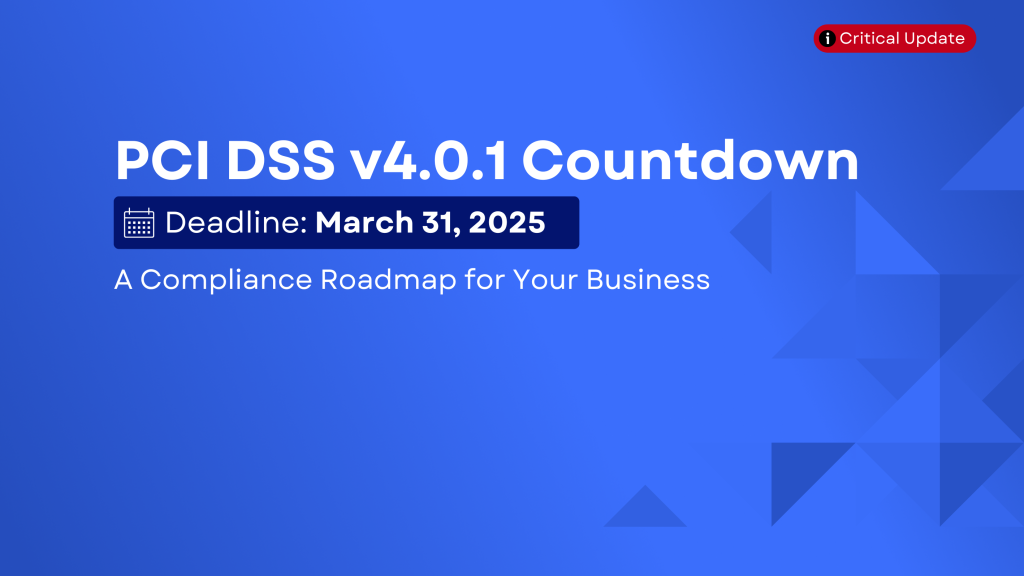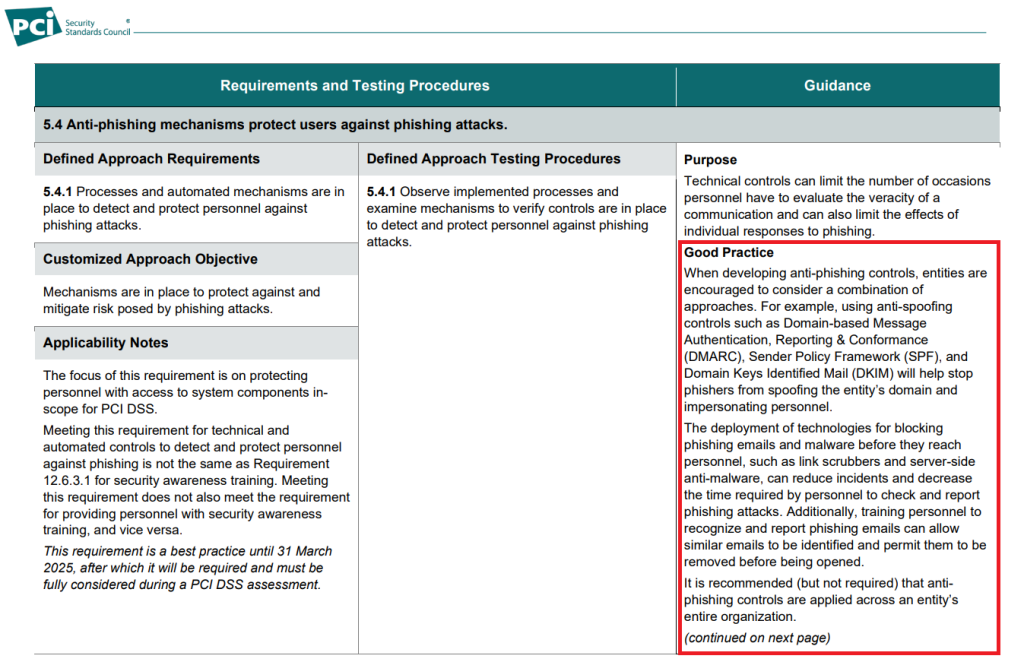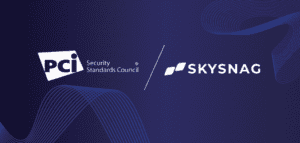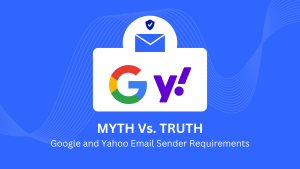PCI DSS v4.0.1 Countdown: How to Meet the 2025 Anti-Phishing Mandate with Skysnag

If you’re a security professional at an organization that processes credit card and debit card payments, you’re likely familiar with the Payment Card Industry Data Security Standards (PCI DSS) — and the challenge of staying ahead of ever-changing compliance deadlines. The PCI DSS v4.0 and its update, v4.0.1, represent one of the most significant changes in the industry, introducing explicit requirements for anti-phishing mechanisms by March 31, 2025.
In this blog, we’ll explore why these anti-phishing mechanisms matter, what you need to know about SPF, DKIM, and DMARC, and how Skysnag can help you navigate the journey from planning to enforcement.
Why PCI DSS v4.0.1 Focuses on Anti-Phishing
Anti-Phishing Mechanisms Are Now Mandatory
Released last year, PCI DSS v4.0.1 explicitly requires organizations to implement controls against phishing attacks by March 2025. Specifically, Requirement 5.4.1 mandates “processes and automated mechanisms to detect and protect personnel against phishing attacks,” meaning that security awareness training alone no longer suffices.
Auditors Will Look for SPF, DKIM, and DMARC
To demonstrate compliance with Requirement 5.4.1, companies will need to show that they have implemented anti-spoofing measures such as:
- Sender Policy Framework (SPF)
- DomainKeys Identified Mail (DKIM)
- Domain-based Message Authentication, Reporting & Conformance (DMARC)
These protocols work together to mitigate phishing and email spoofing, which are leading causes of data breaches, including those involving payment card information.
Overview of PCI SSC requirements and testing procedures and guidance:

What to know about email authentication:
1. Sender Policy Framework (SPF)
SPF is the first line of defense in email authentication. It confirms whether a mail server is authorized to send email on behalf of a specific domain. By publishing an SPF record in your DNS, you specify which IP addresses or servers can send emails for your domain.
Key Challenges with SPF
- Setting up and maintaining SPF records can be complex, especially in organizations that rely on multiple third-party services or cloud platforms to send email.
- Overly permissive or poorly maintained SPF records can still leave gaps that attackers might exploit.
2. DomainKeys Identified Mail (DKIM)
DKIM provides a way for receiving email servers to verify that an incoming message has not been altered in transit. It adds a cryptographic signature to each outgoing email.
Key Challenges with DKIM
- Requires generating and managing public/private key pairs.
- Needs periodic key rotation for ongoing security.
- Setup can be more complex than SPF, often requiring deeper configuration changes on email servers.
3. Domain-based Message Authentication, Reporting & Conformance (DMARC)
DMARC ties SPF and DKIM together by specifying what happens if an email fails these checks (e.g., do nothing, quarantine, or reject). It also provides reporting capabilities that offer visibility into how email is being handled for your domain.
DMARC Policies
- p=none: Do nothing if SPF and DKIM both fail. (Useful for early-stage monitoring)
- p=quarantine: Mark or quarantine the message.
- p=reject: Reject messages that fail both SPF and DKIM checks. (Best for blocking spoofed mail and the ultimate goal for security-conscious organizations)
Why DMARC Matters for PCI DSS v4.0.1
- DMARC gives you actionable insight into possible domain abuse attempts, including unauthorized third parties sending email on your behalf.
- PCI DSS v4.0.1 auditors will expect you not only to configure DMARC but also to demonstrate an enforcement policy (quarantine or reject) that mitigates phishing risk.
March 2025: Time is Running Out – Act Now
With the March 31 deadline quickly approaching, ensuring proper SPF, DKIM, and DMARC deployment is more urgent than ever. These implementations take time to plan, test, and fully enforce, and last-minute configurations can lead to disruptions. Key challenges include:
- Complex Infrastructure: Managing multiple domains and subdomains while ensuring proper authentication.
- Cross-Team Coordination: Email authentication affects IT, Marketing, HR, and other departments, requiring alignment.
- Avoiding Business Disruption: Rushing into a strict DMARC policy (such as reject) without proper configuration can block legitimate emails.
Additionally, securing budget approval and stakeholder buy-in takes time. Acting now will help you prevent last-minute issues, ensure compliance, and safeguard your email security.
How Skysnag Helps You Meet PCI DSS v4.0.1
Navigating SPF, DKIM, and DMARC can be challenging, especially if you don’t have a team of email authentication experts on staff. That’s where Skysnag comes in:
- Comprehensive Email Authentication Suite
Skysnag’s platform simplifies each step — from assessing existing configurations to implementing SPF, DKIM, and DMARC for all authorized sending sources.
- Centralized Reporting & Analytics
Our intuitive dashboard consolidates DMARC aggregate and forensic reports, giving you real-time insights into who’s sending mail on your behalf and whether it’s being authenticated.
- Expert Guidance for Seamless Deployment
Skysnag’s specialists help you plan, implement, and monitor your email authentication strategy. We work side by side with your team, ensuring each record is set up correctly and any deliverability concerns are swiftly addressed.
- Gradual Policy Enforcement
We help you move confidently from a monitoring-only DMARC policy (p=none) to a fully enforced reject policy — without accidentally blocking legitimate mail.
- Future-Proof Against Attacks
With Skysnag, you can rest assured your outbound emails are protected. Our solutions adapt to evolving threats, so your security posture remains strong long after initial deployment.
Ready to Meet the Mandate? Here’s Your Action Plan
1. Assess Your Current State
- Inventory all sending services and domains.
- Check existing SPF, DKIM, and DMARC records (if any).
2. Implement and Test
- Start with SPF and DKIM.
- Implement DMARC in p=none mode first, gathering data on any misalignments or unauthorized senders.
3. Move to Enforcement
Quarantine or reject emails failing DMARC once you’re confident legitimate sources are properly authenticated.
4. Leverage Expert Support
Partner with Skysnag’s consultants to accelerate deployment and address any complexities promptly.
Don’t Wait—Secure Your Email Channels Now
PCI DSS v4.0.1 is more than a checkbox—it’s a vital step in fortifying your organization against rampant phishing, data breaches, and fraud. With the March 2025 deadline around the corner, now is the time to fine-tune your approach to SPF, DKIM, and DMARC, ensuring you’ll be in compliance and ready to protect cardholder data.
Skysnag stands ready to assist you at every step, from your initial audit of existing email streams to achieving a fully enforced DMARC policy.
Contact us today and let Skysnag guide you toward seamless PCI DSS compliance and a safer, more resilient email environment. Reach out now to learn how we can help you meet — and exceed — the anti-phishing requirements of PCI DSS v4.0.1





